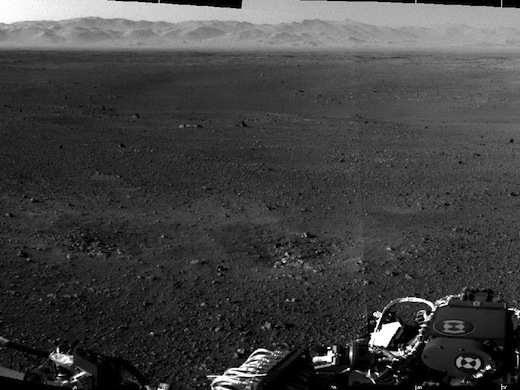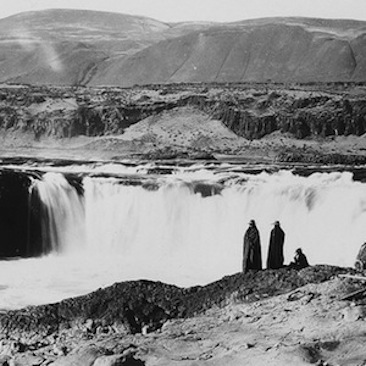On Sunday night I watched the live video feed from NASA’s Jet Propulsion Lab as Curiosity approached the surface of Mars. The tension and then joy that I felt were mere glimmers of what the scientists and engineers experienced, judging from scenes at Mission Control. When their celebration subsided, my first thought was that these men and women who planned and successfully delivered Curiosity to Mars at least deserve gold medals like those awarded earlier in the day at the Olympics. My second thought was about time. Curiosity’s descent and landing were happening “now” for us when in fact the drama had played out fourteen minutes earlier. That’s how long radio signals took to reach Earth 155 million miles away. We’re so accustomed to receiving instant communications that the time shift increased the tension factor. How much? Let’s guess at least six-fold. That’s how much more the Olympics cost to stage than the Curiosity mission, which is a comparative bargain at $2.5 billion. Knowing something has already happened, and knowing it’s either fantastic or tragic but you won’t know which one for fourteen minutes, blends the past, present, and future in a—yes—curious way. The concept leads inevitably to Einstein:
The distinction between past, present, and future is only a stubbornly persistent illusion.
We’re not wired to readily grasp this. Venturing farther into space in the future (or the past?) may make it easier. For now, I’m content to install an app on my Mac that shows Curiosity’s location, where on Mars it’s night and day, and the present time at various Red Planet landmarks.



Comments on this entry are closed.